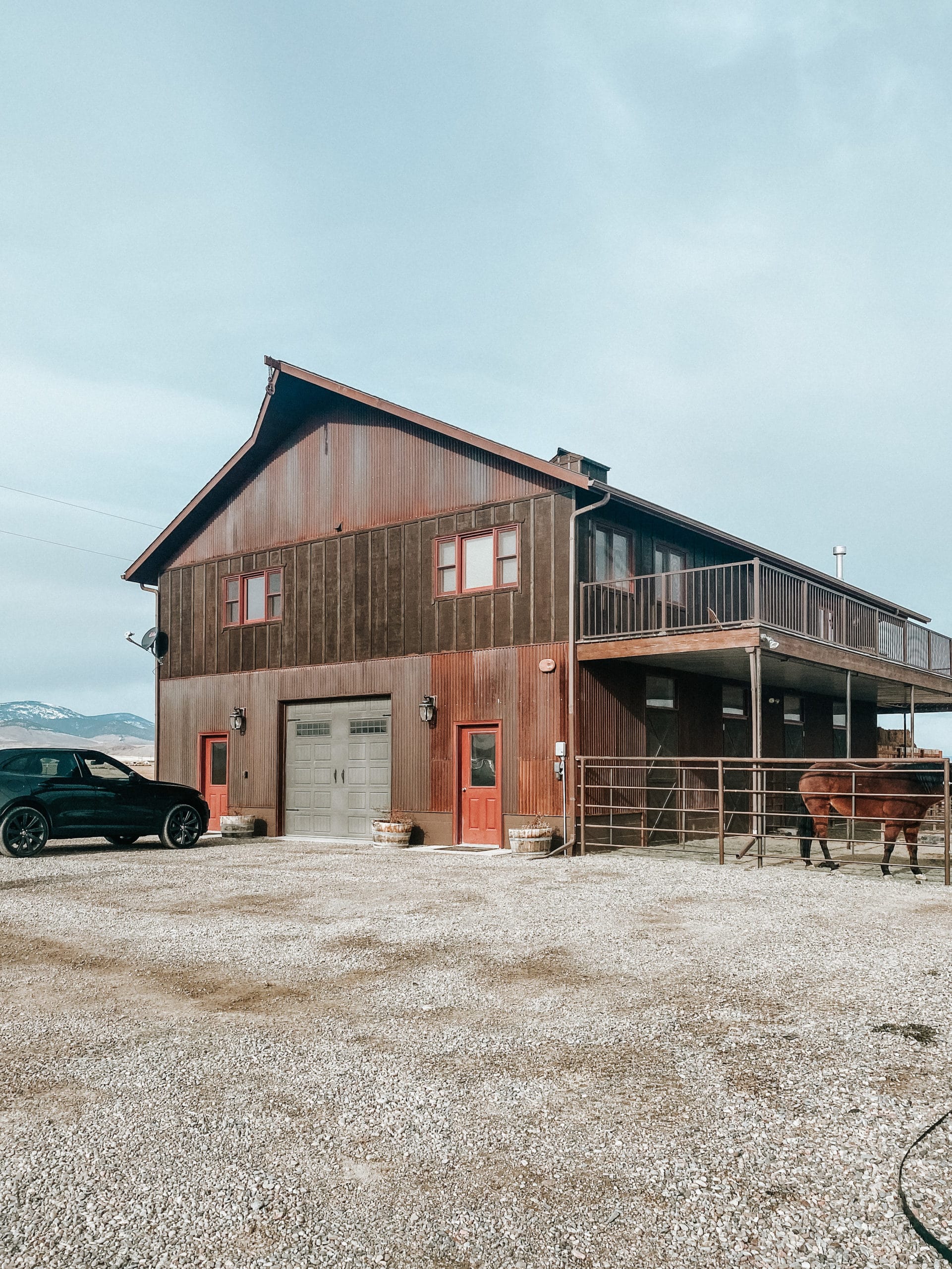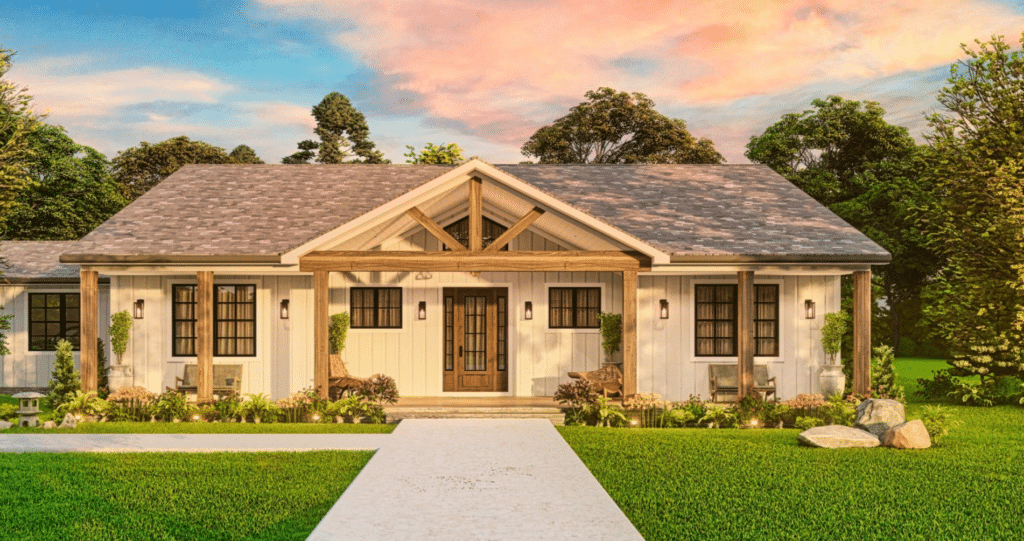Barndominium Builder Near You: Trusted Builders for Every Task
Barndominiums Vs. Standard Residences: a Detailed Comparison of Way Of Living and Performance
The choice between barndominiums and traditional homes includes numerous factors, consisting of way of living choices and useful requirements. Barndominiums are identified by their open layouts and versatility, typically appealing to those who prioritize public living and flexibility.
Overview of Barndominiums
Barndominiums, a novel real estate fad getting appeal across numerous regions, mix the rustic charm of barn-style architecture with the performance of modern-day home. These special structures typically are composed of a steel or wood framework, integrating open layout and high ceilings with energy-efficient functions. Typically located on expansive rural homes, barndominiums provide homeowners the chance to take pleasure in a tranquil way of life while offering sufficient area for different activities.
The versatility of barndominiums extends beyond their aesthetic appeal; they can function as both living quarters and functional spaces for pastimes, workshops, or perhaps small companies. Their adaptive style enables simple customization, accommodating diverse household requirements and preferences. Several owners appreciate the reduced maintenance demands connected with steel home siding and roofing, contributing to long-lasting resilience.

Characteristics of Typical Residences
Emphasizing classic layout and comfort, conventional homes are characterized by their distinct architectural styles, which usually show historic influences and regional appearances. Typical features consist of balanced facades, gabled roof coverings, and a focus on craftsmanship, causing a cozy and inviting environment.
Conventional homes usually integrate aspects such as crown molding, wainscoting, and wood floor covering, enhancing their classic charm. They generally feature numerous areas with specified objectives, promoting family members communication while allowing for privacy. visit site. The layout frequently consists of formal living and eating locations, which are conducive to amusing visitors and organizing household gatherings
Outside materials such as block, timber, or rock are often used, adding to durability and a sense of permanence. Barndominium builder. Furthermore, numerous typical homes are made with front patios or stoops, cultivating a feeling of area and link with the neighborhood
Landscaping plays a significant function in standard home design, with well-maintained yards and paths that boost aesthetic appeal - click here. Generally, conventional homes symbolize a sense of nostalgia and security, appealing to those who value heritage and an extra structured living setting
Expense Comparison
Commonly, a cost contrast between barndominiums and typical homes discloses considerable distinctions in building costs and total investment. Barndominiums, often built from metal or steel structures, typically incur reduced material and labor costs than standard homes developed from wood and brick. The simplified style of barndominiums can translate to reduced construction times, even more decreasing labor expenses and speeding up tenancy.
Usually, the cost per square foot for a barndominium ranges from $100 to $150, while traditional homes visit this page can differ extensively, generally falling in between $150 and $300 per square foot, depending on area, products, and layout intricacy. This expense disparity makes barndominiums an appealing choice for budget-conscious customers seeking larger home without sacrificing top quality.
Additionally, barndominiums might lead to long-term financial savings through lower maintenance costs, energy effectiveness, and insurance policy rates. Their resilient building materials usually call for much less upkeep with time contrasted to traditional homes. However, it is vital to think about that while first costs might be lower for barndominiums, the last financial investment will certainly also depend upon individual customization and desired features, which can affect the overall cost in both real estate kinds.
Way Of Living and Room Considerations
When thinking about way of life and area, barndominiums provide a distinct versatility that appeals to a variety of property owners. These hybrid frameworks incorporate residential coping with practical area, typically including open layout that can be adjusted to suit individual demands. This flexibility is particularly advantageous for families or people seeking a customized living environment, permitting for varied uses such as home offices, workshops, or entertainment areas.

In addition, the aesthetic allure of barndominiums can accommodate both rustic and contemporary tastes, making them a functional option for different layout preferences (Barndominium builder). Eventually, the choice in between a barndominium and a standard home commonly hinges on exactly how well each option straightens with the property owner's lifestyle ambitions and spatial needs, highlighting the relevance of considering personal top priorities in the decision-making process
Environmental Influence and Sustainability
The ecological impact and sustainability of barndominiums existing compelling advantages compared to conventional homes. Mainly constructed from steel and other long lasting materials, barndominiums are often developed using recycled resources, minimizing the need for brand-new products and minimizing waste. Their style typically highlights open rooms, which can lead to reduced energy consumption for cooling and heating compared to traditional homes with more fractional layouts.
Additionally, barndominiums can integrate lasting attributes such as solar panels, rainwater harvesting systems, and advanced insulation techniques, enhancing their power efficiency. The versatility of their style permits property owners to incorporate these innovations much more flawlessly than in several conventional homes, which may call for considerable retrofitting.
Furthermore, barndominiums often call for fewer sources for building as a result of their easier, extra efficient layouts. This not only reduces the carbon footprint related to structure but additionally adds to a much more lasting lifestyle. In comparison, standard homes may involve greater degrees of energy expense and resource make use of throughout their lifecycle, from building to upkeep. In general, barndominiums stand for a forward-thinking technique to lasting living, lining up with modern ecological concerns.
Conclusion
In summary, the option in between barndominiums and standard homes hinges on private way of life preferences and functional demands. Barndominiums, with their open formats and sustainable materials, provide to those seeking flexibility and common living.